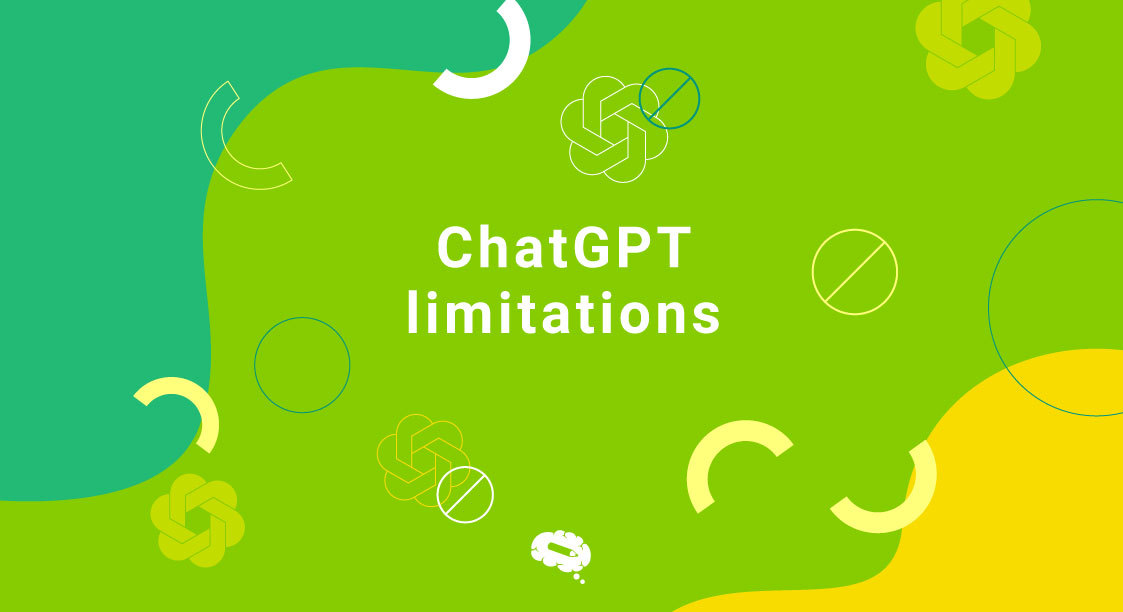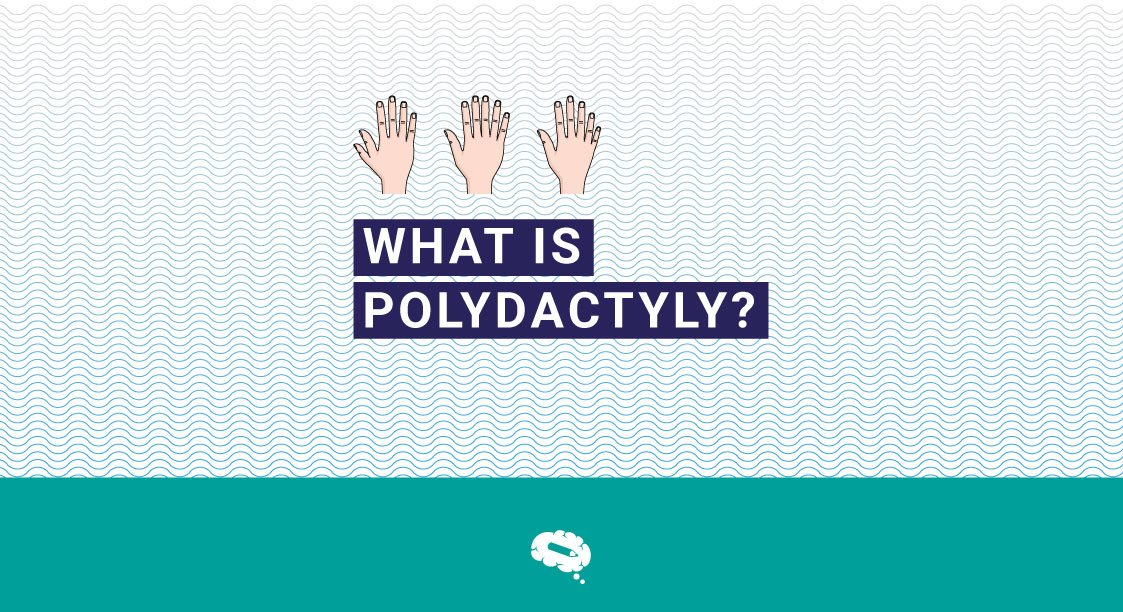ChatGPT is a recent technological marvel that creates wonders with simple text. It made our life a whole lot easier and it eliminated the hassle of searching through the internet to find relevant information.
But have you ever wondered if it has any limitations? Every technology has limitations and so does ChatGPT. In this article, we are going to learn about ChatGPT limitations to create awareness and help you use it more efficiently.
Overview Of ChatGPT
ChatGPT is a language model developed by OpenAI, based on the GPT (Generative Pre-trained Transformer) architecture. It represents the next generation of AI language models and was released as part of the GPT-3.5 version.
ChatGPT is designed to generate human-like text and carry on interactive conversations with users. It can understand and generate text in multiple languages and has a wide range of applications, including customer support, content creation, language translation, and much more.
Language Models Of ChatGPT
The GPT models are built on the Transformer architecture, which was introduced in the seminal paper “Attention is All You Need” by Vaswani et al. in 2017. The Transformer architecture revolutionized natural language processing tasks by leveraging self-attention mechanisms, enabling the model to capture long-range dependencies and contextual relationships in text effectively.
The primary language model used in ChatGPT, GPT-3, contains a staggering number of parameters (175 billion as of GPT-3.5), making it one of the most powerful and data-intensive language models ever created. This vast scale contributes to its ability to generate human-like text and perform a wide range of natural language processing tasks, including conversation generation, language translation, question-answering, and much more.
ChatGPT Limitations
It’s essential to note that while ChatGPT is a powerful language model, it still has limitations. It may sometimes produce plausible-sounding but incorrect or nonsensical responses.
Additionally, like other AI models, it might exhibit biases present in the data it was trained on. OpenAI continues to improve and refine the system based on user feedback and real-world usage. Let us understand the limitations in detail.
Lack Of Common Sense
GPT-3 lacks real-world understanding and common sense reasoning. While it can generate coherent and contextually appropriate text, it does not have a true comprehension of the world and might produce responses that are factually incorrect or nonsensical.
Sensitivity To Input Phrasing
The model’s responses can be highly sensitive to the way a question or prompt is phrased. Slight changes in wording can lead to significantly different answers, which can be challenging for users seeking consistent responses.
Long Responses And Overuse Of Phrases
ChatGPT can be overly verbose and might repeat itself, leading to longer responses than necessary. It may also overuse certain phrases or exhibit repetitive behavior.
Lack Of Source Attribution
The model cannot verify the accuracy of the information it provides, and there is no built-in mechanism to confirm the sources of the information it generates. This means it may produce plausible-sounding but misleading or false information.
Biases
GPT-3 is trained on a vast corpus of internet text, which may contain biases present in the data. As a result, the model might generate biased or prejudiced responses on sensitive topics or exhibit biased behavior during conversations.
Inability To Clarify Ambiguities
When faced with ambiguous queries or requests for clarification, the model often guesses what the user might intend, leading to potential misunderstandings.
Limited Context Window
While ChatGPT can maintain context during a conversation, there is still a limit to the amount of context it can retain. Longer conversations may suffer from context fragmentation, leading to less coherent responses.
Inappropriate Responses
Due to its training data, ChatGPT might sometimes produce responses that are politically biased, offensive, or inappropriate. OpenAI has implemented safety mitigations, but such responses may still occasionally occur.
High Cost
Accessing GPT-3 and other similar language models through APIs can be expensive, especially for extended or high-volume usage.
Lack Of Real-Time Updates
As a pre-trained model, GPT-3 does not have access to real-time information beyond its training data. This means it might not be up-to-date with the latest events or developments. Here is an example:
While the current president is Droupadi Murmu, GPT 3.5 has no information about it.
Related article: ChatGPT Research Paper: Is it Legitimate and Ethical?
Reasons For Nonsensical And Wrong Responses From ChatGPT
Nonsensical and wrong responses from ChatGPT, or any language model for that matter, can occur due to several reasons. While language models like ChatGPT are powerful and can generate human-like text, they are not perfect and have inherent limitations. Here are some reasons for nonsensical and wrong responses:
Lack Of Understanding
Language models like ChatGPT lack genuine understanding and common sense reasoning. They generate responses based on patterns in the data they were trained on, without true comprehension of the content. This limitation can lead to responses that sound plausible but lack actual meaning.
Ambiguity In Prompts
If the user query or prompt is ambiguous or lacks sufficient context, ChatGPT may struggle to generate appropriate responses. Ambiguity can lead to the model making incorrect assumptions or guesses.
Incomplete Or Insufficient Training Data
Language models require large and diverse training datasets to generalize effectively. If the training data is incomplete or doesn’t cover certain topics comprehensively, the model may not respond accurately to those topics.
Variety Of Tasks Supported By ChatGPT
ChatGPT, being a versatile language model, supports a wide variety of tasks across different domains. Its natural language processing capabilities enable it to perform several tasks, including but not limited to:
- Text Generation
- Language Translation
- Question Answering
- Text Summarization
- Language Understanding
- Programming Help
- Creative Writing Prompts
- Mathematical Problem Solving
- Information Retrieval
- Assisting with Research
These are just a few examples of the diverse tasks that ChatGPT can support. Its applications are continually expanding as developers and users find innovative ways to utilize its language processing capabilities.
Also read: Exploring the Role of AI in Academic Research
Content Creation Through Conversation Using ChatGPT
Content creation through conversation using ChatGPT involves a more interactive approach to generating written content. Instead of providing a single prompt, users engage in a back-and-forth conversation with the language model. This interactive conversation allows users to refine and specify their content requirements gradually. Here’s how content creation with ChatGPT works:
Initiating The Conversation
The user starts the conversation by sending an initial message to ChatGPT. This message can be a general topic or a specific request for the type of content they want to create.
Continuing The Interaction
ChatGPT responds to the user’s message, generating text based on the input. The user can then provide feedback or ask for clarifications to guide the content generation process.
Refining The Content
Through a series of exchanges, the user iteratively refines their request, giving more specific instructions, asking for more details, or requesting changes to the generated text.
Iterative Feedback
The user’s feedback is essential to ensure that the generated content aligns with their requirements. The conversation continues until the user is satisfied with the final content.
Generating The Final Content
After several interactions, the user receives the desired content, which can be in the form of an article, blog post, or any other written piece based on the context of the conversation.
Truly, ChatGPT has revolutionized the content creation process, but if you follow it blindly, you might end up in trouble. Integrating this AI model while using your intelligence and understanding ChatGPT limitations can help you ace your content creation journey.
The Bottom Line
While ChatGPT represents a significant advancement in natural language processing and has demonstrated impressive capabilities, it is not without its limitations. As we look towards the future of AI language models, addressing these limitations will be a vital step in advancing the field and ensuring the safe and beneficial integration of AI technology into our lives.
Online Infographic Maker For Science
Are you in search of a reliable infographic tool that can make your designs easily? Well, as a researcher, you know how important visuals and infographics are to augment your research papers, so here’s a tool – Mind the Graph designed exclusively to make quality infographics related to science. Sign Up now to learn more.

Subscribe to our newsletter
Exclusive high quality content about effective visual
communication in science.






